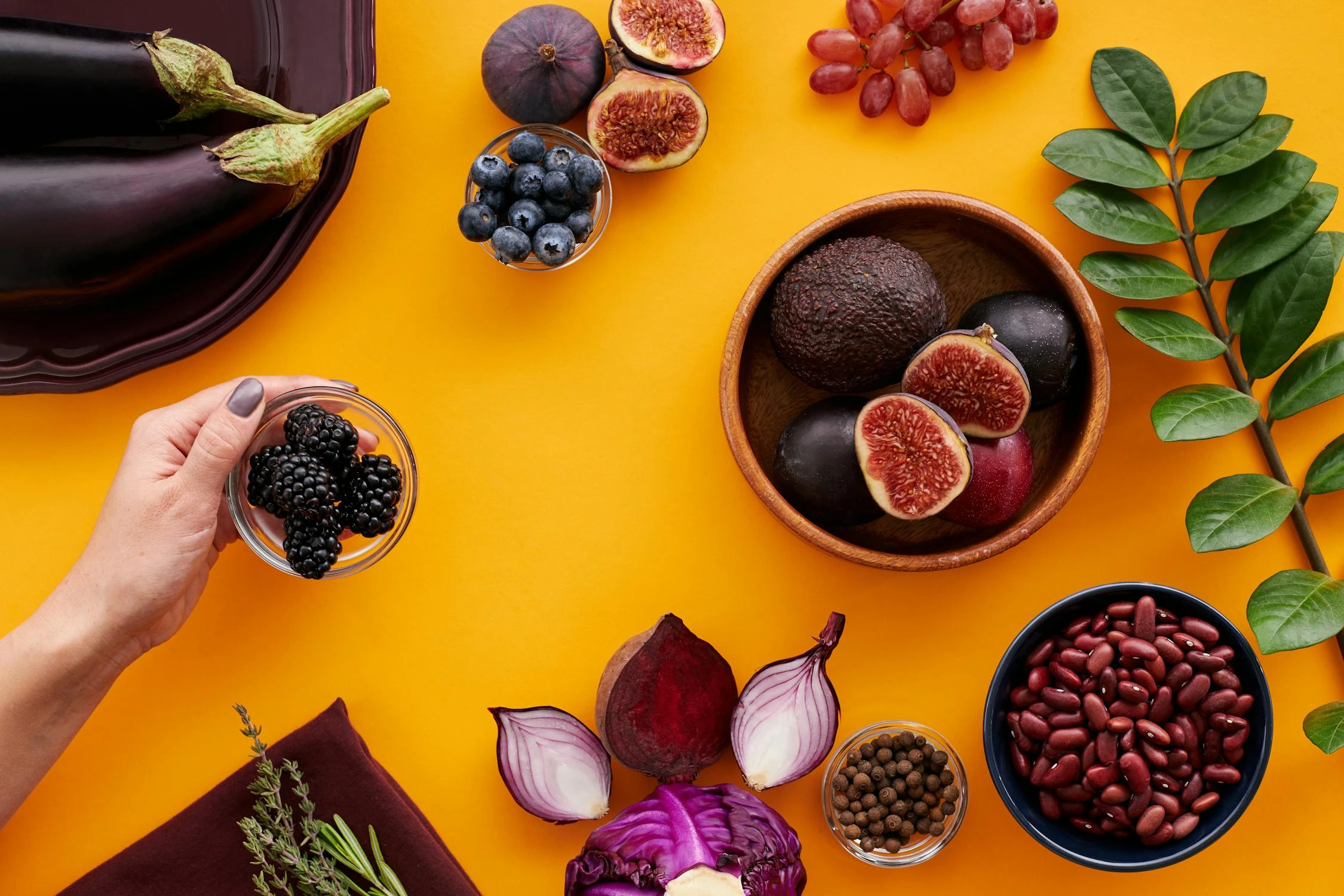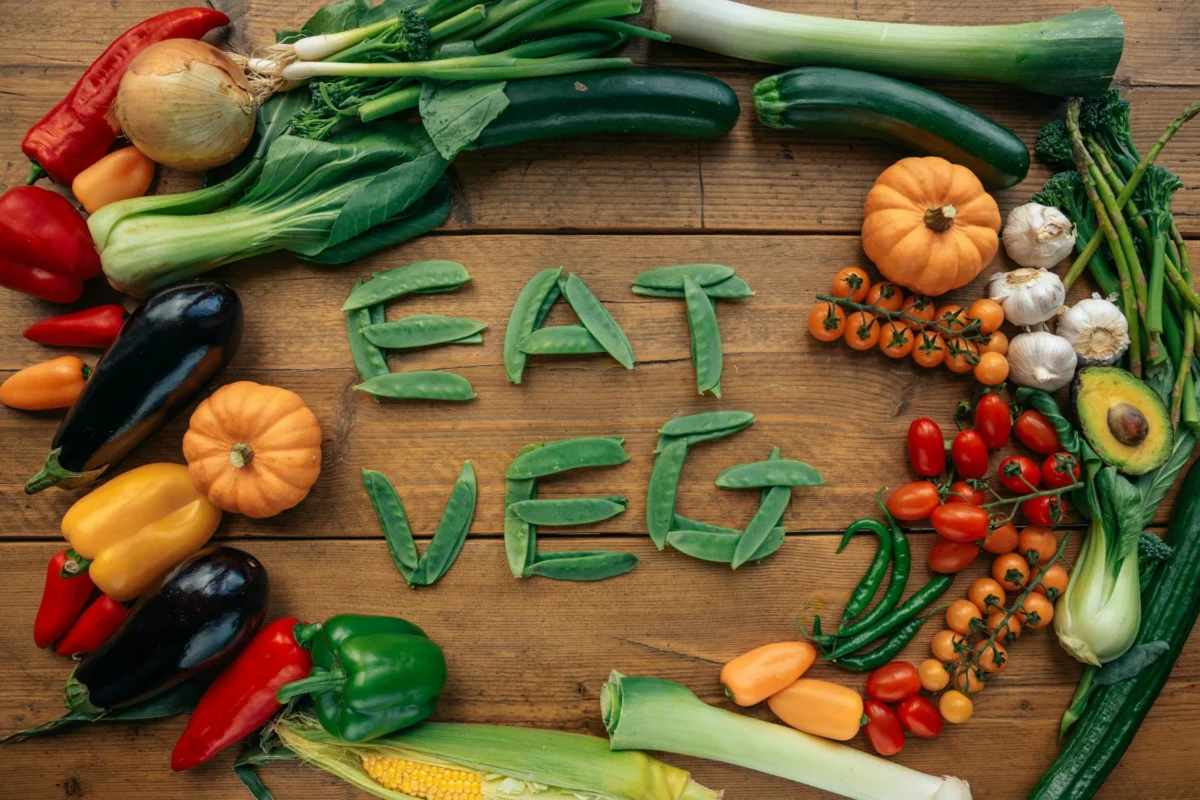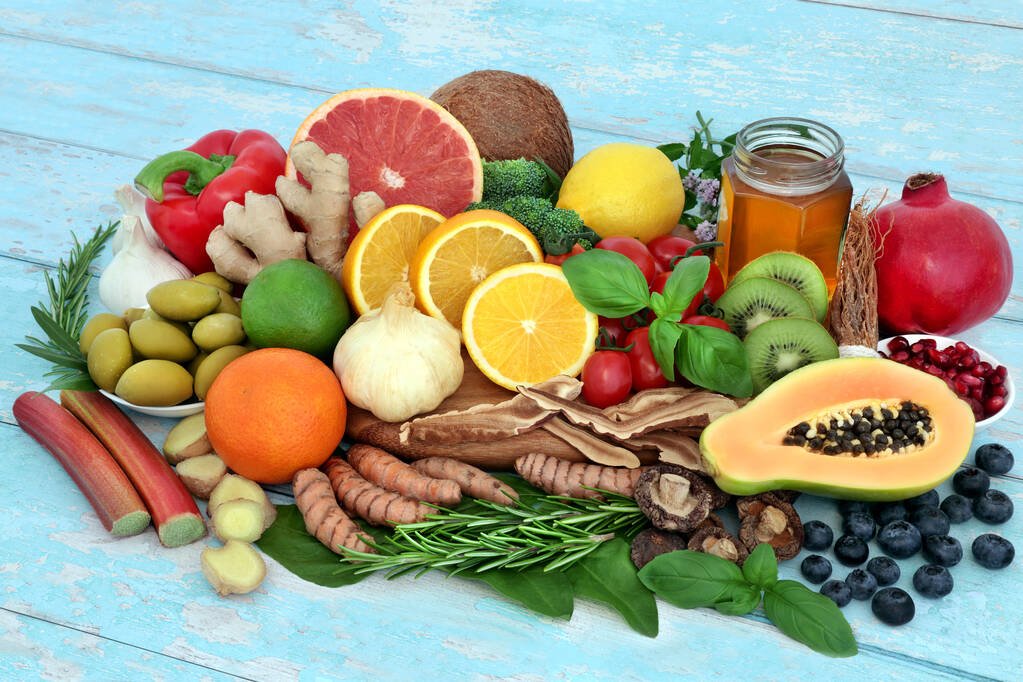Blog
The Benefits of Polyphenols

Certain forms of food and drink (such as olive oil and even dark chocolate) are said to have health benefits, although it’s possible you might not know exactly why. The answer is polyphenols: natural, organic compounds typically used by vascular plants (any plant with a vein-like internal system) to attract bees and other pollinators, as well as to defend against pathogens, herbivores, and UV radiation.
The first part of the word “polyphenol” is derived from the Greek word polys, one interpretation of which is “multiple”. While this may refer to the complex structure of polyphenols, it could also refer to their many benefits: from heart health to aiding digestion. In this article, we’ll explore these health-boosting compounds in more detail.
What Are Polyphenols?

While the word “polyphenol” has existed since the 1800s, discoveries about how they work only really began to emerge during the 20th Century, including research into polyphenol rich olive oil benefits and even more surprising polyphenol sources such as coffee.
Partly, this was due to their complex chemical structure and the number of polyphenol varieties (which we’ll explore in more detail in the next section of this article). While more research is to be conducted into the full range of benefits offered by polyphenols, existing studies into their effects are promising.
Polyphenol Types
There are currently over 8000 known varieties of polyphenol. These can be categorized into four central types:
- Polyphenolic amides, which can be found in chili and oats.
- Phenolic acids: forming around 30% of polyphenols.
- Flavonoids: these account for roughly 60% of all polyphenols.
- Other polyphenols, such as curcumin, lignans, stilbenes and resveratrol.
Health Benefits Of Polyphenols
Most polyphenols act as antioxidants, helping to counteract the effects of pollutants and UV damage on the body. Additionally, polyphenols are said to have antioxidant effects, helping to neutralize the free radicals that can cause cellular damage, potentially leading to illnesses such as cancer and heart disease. Some evidence also suggests that consuming polyphenols may also help with conditions such as:
Type 2 Diabetes
Flavonoids may help reduce insulin sensitivity and the rate of sugar digestion and absorption by slowing down the conversion of starch into simple sugars and reducing blood-sugar “spikes” after eating.
Digestive Issues
Some polyphenol-rich foods, such as green tea, can help to promote “good” gut bacteria such as bifidobacteria while helping to reduce harmful bacteria in the gut, potentially helping to reduce the effects of conditions such as IBD (inflammatory bowel disease).
Heart Disease
The antioxidants of polyphenols may help to improve heart health in addition to lowering blood pressure, lowering LDL levels of “bad” cholesterol, and elevating “good” cholesterol.
Blood Clots
Polyphenols may help to reduce the development of blood clots by helping to limit the clustering or “aggregation” of platelets that form clots.
Cognitive Issues
Polyphenols may help to improve brain function, helping to boost memory and focus by reducing inflammation and (in the case of cocoa) increasing blood flow to the brain.
Cancer
The antioxidant and anti-inflammatory effects of plant-rich diets are linked to a lower risk of cancer – although (as with the majority of studies into the health benefits of polyphenols), more research in this area is yet to be made.
Polyphenol-Rich Foods

While polyphenol supplements exist, these tend not to be as stringently regulated as other forms of food supplements. A better way to include more polyphenols in your diet may be to follow the Mediterranean diet, as this is known to contain numerous polyphenol-rich foods. Many foods can be considered a source of polyphenols, including coffee and even red wine, although some have a higher polyphenolic content than others, including:
Fruits
Berries are a high source of polyphenols: blackberries and blueberries are all good sources, with elderberries and chokeberries containing the highest levels. Other polyphenol-rich fruits include apples, sweet cherries, plums, and blackcurrants.
Herbs and Spices
Cloves, peppermint, turmeric, and star anise are high-polyphenol spices. Seasoning dishes with thyme, rosemary, sage, oregano, and celery seed is also a good way to include polyphenols in your diet.
Nuts and Seeds
Rich in protein, fiber and fatty acids, nuts and seeds already offer many nutritional benefits. The majority of these contain polyphenols – with chestnuts, pecans, hazelnuts and almonds as well as flaxseed containing the highest levels.
Vegetables
Vegetables provide an excellent source of plant-based polyphenols. In your recommended 2.5-3 cup serving a day, consider adding fresh spinach or shallots, red onion and artichoke (one small artichoke contains 260mg).
Cocoa
Cocoa contains flavonoids that may potentially reduce the risk of illnesses like type 2 diabetes. The higher the cocoa content, the stronger the flavonoid levels – particularly in unprocessed cocoa derived from the cacao plant without the presence of sugar.
Tea and Coffee
If you’re starting your day with a cup of your favorite hot beverage, you may be already on track toward including more polyphenols in your diet. Black, green and ginger tea are all good sources, but coffee contains the highest amount at around 35 mg per cup.
Beans, Legumes and Whole Grains
Black and white beans are especially high in polyphenols, in addition to sources of soy, including soybean sprouts and tofu. Combining one of these with a polyphenol-rich wholegrain such as rye, wholewheat or oats may be a good way to increase your intake in one meal.
Olive oil
Olive oil contains around 30 different compounds, although this can vary depending on how the oil was processed and stored (a phenolic content of 250mg per 1kg of oil tends to be the gold standard). While the presence of polyphenols can be tested for under lab conditions, doing so in the supermarket can be a little more challenging.
You may find some olive oil bottle labels with phenol content written on them, although this tends to be restricted to oils purchased in the EU or in specialty stores. One way is to opt for extra virgin olive oil, rather than light, pomace or refined varieties.
In general, fresh and relatively unprocessed oil stored in a dark bottle (to prevent light and oxygen damage) tends to be best. It’s worth also noting that polyphenol levels can also vary depending on farming methods, the location it was grown, ripeness and shipping methods as well as cooking and preparation.
Potential Risks and Side-effects
The effectiveness of polyphenols may also depend from person to person, owing to their effects on gene expression, or how an individual’s genes react to particular kinds of polyphenols.
Additionally, excessive amounts of polyphenols may have adverse effects and those with certain allergies or health conditions may need to avoid specific foods.
